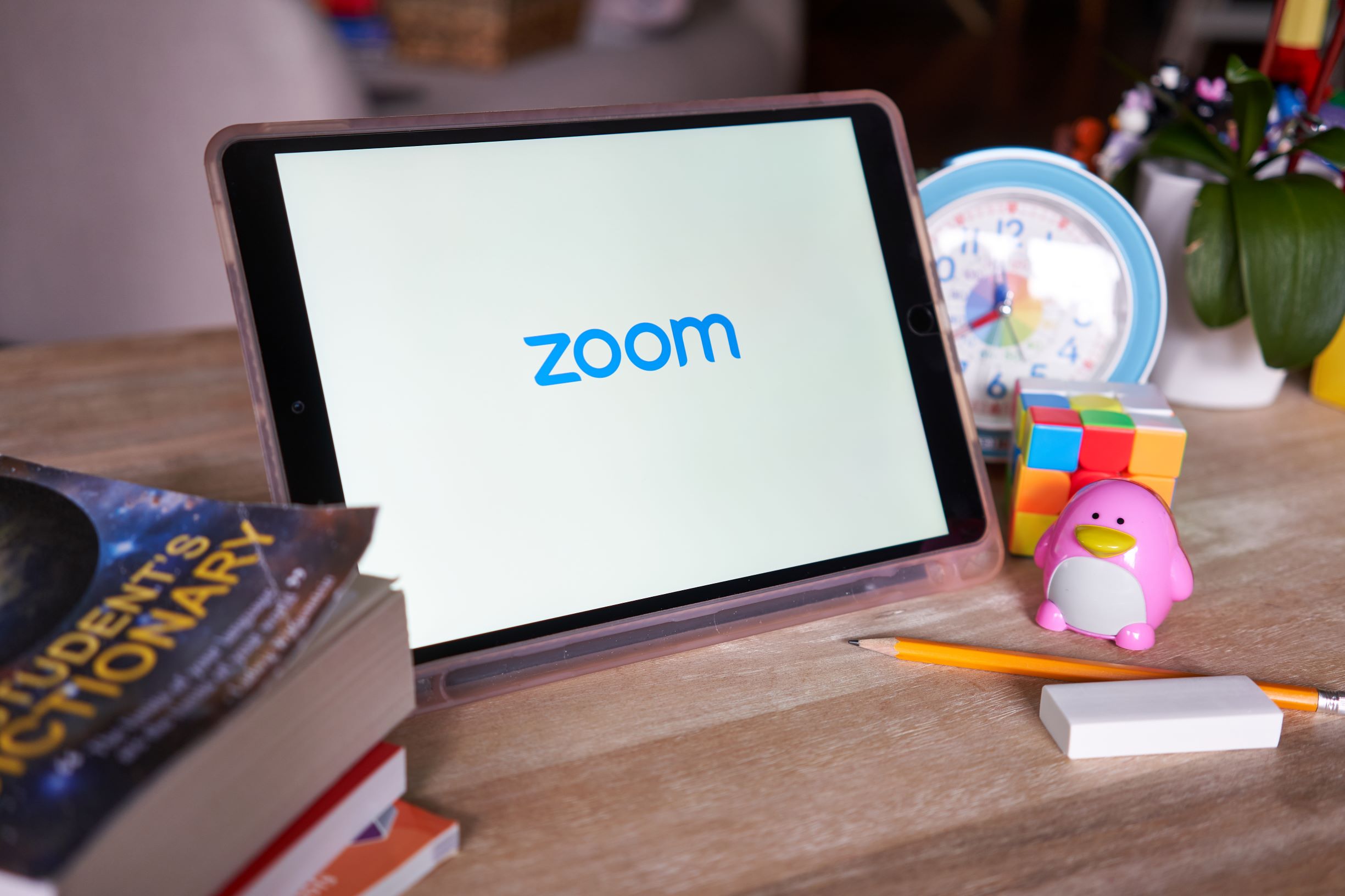Zoom is adding end-to-end encryption — but it won't be for everyone
Only paying customers get strong security

Zoom's reputation has taken a serious hit over the past few months after numerous security and privacy flaws were uncovered in the video conferencing service.
Now the company is trying to win people back by implementing new security measures, including the end-to-end encryption it falsely claimed to have already offered.
- Best video conferencing apps and software
- Best video chat apps and software
- Facebook Messenger Rooms arrives with compelling features
Zoom said it would offer improved encryption to premium users, but not free customers, during a call with civil liberties groups and child-sex abuse fighters. Zoom security consultant, Alex Stamos, later clarified that the plan could change and it still isn't clear which nonprofit organizations would be allowed encrypted video meetings, Reuters reports.
Stamos said the plan drew mixed reactions from privacy advocates. If Zoom implements end-to-end encryption, it would mean only the people on the call could see or hear what is going on. While this is a welcome feature from a privacy perspective, it also means Zoom employees couldn't step in and act on abuse.
Additionally, safety experts and law enforcement warn that sexual predators and criminals use encryption to avoid detection. This is why Zoom might only offer the feature to paid, verified customers like schools, hospitals and businesses.
“The CEO is looking at different arguments. The current plan is paid customers plus enterprise accounts where the company knows who they are,” Stamos said.
Stay in the know with Laptop Mag
Get our in-depth reviews, helpful tips, great deals, and the biggest news stories delivered to your inbox.
Phillip Tracy is the assistant managing editor at Laptop Mag where he reviews laptops, phones and other gadgets while covering the latest industry news. After graduating with a journalism degree from the University of Texas at Austin, Phillip became a tech reporter at the Daily Dot. There, he wrote reviews for a range of gadgets and covered everything from social media trends to cybersecurity. Prior to that, he wrote for RCR Wireless News covering 5G and IoT. When he's not tinkering with devices, you can find Phillip playing video games, reading, traveling or watching soccer.

